Beginners guide to improving your Mule Deer Hunt
For the uninitiated: A DIY Mule Deer hunt is challenging but success isn’t out of reach. It is often a combination of factors that lead to a successful hunt.
You’ve always wanted to go on a Mule Deer Hunt, the idea of hunting the far mid west or western states and the experience that comes with a hunt like that has finally made you cave.!
You’ve decided the next season that you will make this a reality. Like many of us though you will be doing your Mule Deer Hunt DIY style.
Frankly, with the economy and inflation a guided or semi guided hunt in a prominent area is off the books for many people, including myself.
That said and out of the way don’t be discouraged, you can easily be successful on your own! There is still one more thing you need to do to foster that success.
That thing is regardless of the weapon of choice or hunting method is learn as much about the Mule Deer in general, then tailor it to the specific geographic location and subspecies of Mule Deer you will be hunting.
I’ll be aiding you with that last step, before we really dive into the meat and potatoes of this let me give a disclaimer, this is intended to help the eastern White-tailed deer hunter who hasn’t ventured farther than the White-tailed woods and better their chance of having a successful hunt and ease into the wide crazy world of Mule deer.
That said success being subjective and understanding this isn’t a one size fits all guide or cheat sheet. Also, if you’re an already have experience under your belt in a DIY Mule Deer hunt this may not be for you.
I’d urge you to stick along for the ride, if nothing else to keep an open mind and potentially pick up on something new that maybe you hadn’t considered before for your next Mule Deer Hunt.
Geographic Location
When it comes to doing your own Mule Deer hunt, geographic location is one of the first factors I like to consider.
It will control many other sub factors that dictate understanding your quarry in each area, potential hunting methods, public hunting opportunities etc.
In this instance we will keep it in broad brush strokes and say hypothetically, you’ve already went through all the legalities, meaning found the state in which you’d like to hunt, applied for a unit draw or purchased your OTC tag, have a general understanding of the physical terrain type and features you will be faced with. etc.
Point being this will help you develop a plan, determine an effective way to Mule Deer Hunt in that area, physically preparing yourself and equipment you will need to face the elements and terrain there.
Once you begin conducting your E-scouting of the geographic location for your next Mule Deer Hunt it will give you an idea of what food and water sources, key terrain features, and vegetation to focus efforts on or dismiss as well.
Not to forget this will aid you in coming up with a plan B should something not turn out in your favor.
The final thing to note is this will also determine what subspecies of Mule deer you will be after.
Subspecies
When it comes to your Mule Deer Hunt one of the key considerations is the Mule Deer itself, there is no one size fits all. In my experience hunting in southern California, I didn’t even find that out myself until a good friend of mine had shared an article from social media with me.
Come to find out in southern California to the Mexican border there are several species of Mule deer that call that portion of the state and its vast variety of landscapes home.
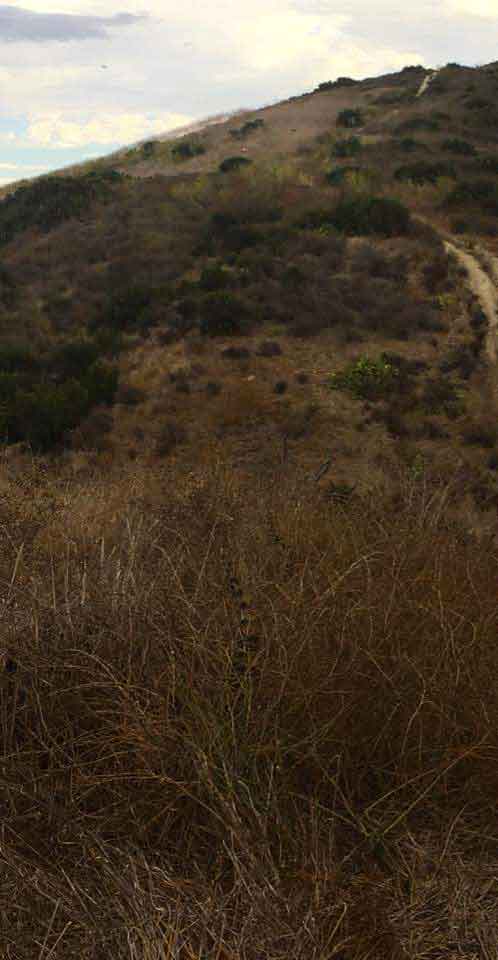
Let’s take a pause to address something that often gets overlooked when it comes to subspecies before continuing. That is trophy size, which can be a touchy and very subjective topic. Two Mule Deer bucks I harvested in my time hunting that area, were very nice representative bucks.
This was both in weight, age, and rack size. This came to fruition by putting forth the effort to study the data on subspecies.
While the trophy is in the eye of the beholder as the saying goes, this will set a precedent for realistic expectation of the quality of deer you will be pursuing, and what caliber of bucks you should focus your efforts on in a particular subspecies.
If I’m being frank when I was getting into the spot and stalk western bowhunting scene for these deer, there were many times when I put forth the hours and miles, and a trophy to me would have been any legal buck or large doe that gave me an ethical shot.
Especially, if I was chasing them with my bow. This doesn’t just apply to your Mule deer hunt; it can apply to most large and medium game and should be considered.
Patterning Mule Deer
Mule Deer can have some weird habits, travel patterns, and vast home ranges they will cover especially if pressured. On one of my Mule Deer Hunts, a group I hunted with started to catch on to something that I believe furthered our opportunities and success.
When we would go out, we noticed we would always see deer and the same deer and numbers of them at specific points. This was also at specific windows of time throughout the daylight hours.
We’d return to the same area the following day for the next hunt and those deer would be gone. When this happened, we’d bounce around to a few different areas to get into some action, after 3 to 5 days later when we returned the deer would be back and occasionally a new buck we hadn’t seen before would come into the area.
That’s when it dawned upon me that, the deer could be patterned by time, general location, and a rotational schedule. You may be thinking this sounds like white-tailed deer, while similar that isn’t totally the case.
Here’s the distinct difference that I found and an example with white-tailed deer, let’s say you got target buck A that comes to a food plot everyday twice a day at 8:00 am and 6:00 pm, you know this because you got him on camera. That guy doesn’t miss a beat until you pressure him, and the rut comes in and he goes nocturnal.
On the other hand, with the Mule deer, as an example your target buck, let’s say generally you see him in a certain spot, in a window of time every 3 to 5 days between 8:00 am to 11:00 am.
If you can figure out where he’s going to and coming from to get there, key in on his travel route after he leaves that spot, this may present you with an additional shot opportunity. If you’re able to use a camera and getting him on camera, this was generally what we saw.
Again, like anything else in hunting there can always be an exception to this rule and a wild card that the deer or mother nature might throw your way. Be prepared to move around and act on your plan B and search up a few nice bucks that you’d be willing to take if it came down to the wire.
Vocalizations
Most deer species are vocal some more so than others. We’ve seen it on TV for years when it comes to White-tailed deer hunting production shows.
Mule deer on the other hand, it’s very rare you’ll hear a buck being vocal. To my point, out of 5 years that I spent hunting them I only heard a grunt once.
It was very different to any sounds I’d ever heard on tv before from a White-tailed deer. It totally caught me off guard because he was on a downward slope below me in a marine fog layer.
I had no idea what it was or where it came from and just knew it was close. Then it dawned on me that was a deer.
The strangest part was it was relatively a faint low grunt leading me to believe it was either a small deer or distant, so when he finally exposed himself, I was shocked. I’d imagine it couldn’t have been any farther than 75 yds.
The most off-putting thing was this was one of the largest bucks I had seen and with that grunt I half expected a little forked horn buck to be the culprit. The key takeaway I concluded from that was don’t be afraid to try calling for Mule deer, but don’t necessarily expect the same results as with White-tailed deer.
When they key in on a threat and fight or flight kicks in, they will most certainly take off.
Over time I developed a calling tactic that produced good results for me. It was as simple as a regular bleat can. For the most part I reserved it when I observed rutting behavior afield.
There were other applications where I found it to work as well but that seemed to work best. I pulled this off by keying in on solo bucks on the move cruising or were in a pre-rut kind of state.
It would either turn them or draw them to me on a string. This would allow me the chance to close some distance and get setup for a shot on my Mule Deer Hunt.
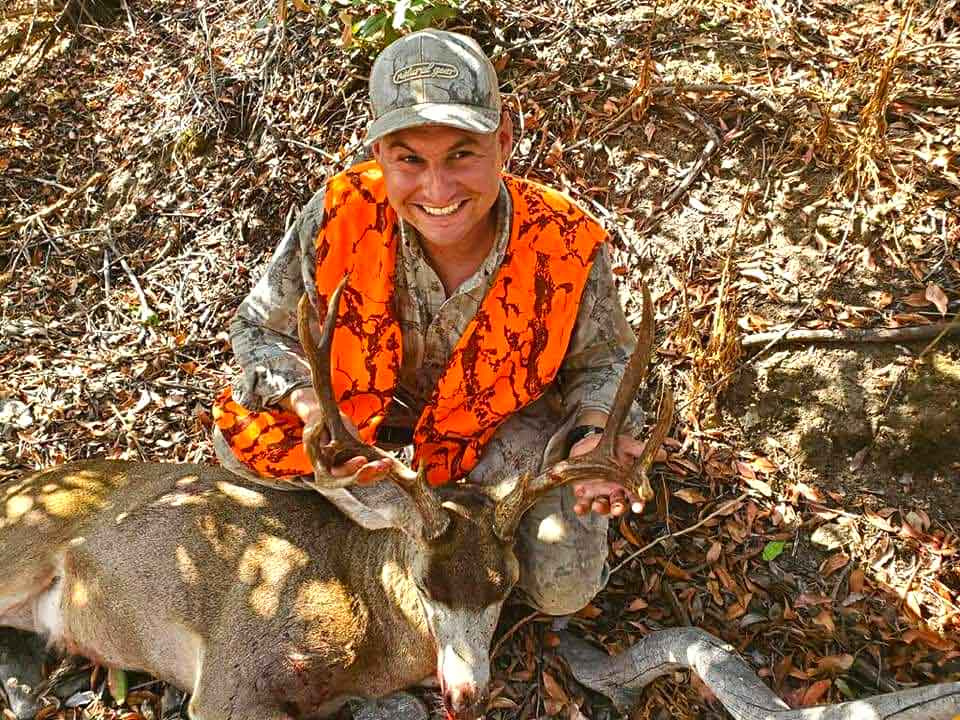
Final Thoughts
In closing remember this was for a general understanding of the Mule deer to be had and to point you in the right direction for your Mule Deer Hunt. All we can do as hunters is continue to learn to become more lethal and ethical.
I’d care to wager that there are more than 100 to even 1,000, things antidotally that could be included in this beginners guide to improve your next Mule Deer hunt but I’d challenge you to continue to learn and expand your wealth of knowledge by seeing what others have to say on the subject.
I look forward to seeing you in the high desert, on the scrub oaks and sage flats, or in the dark mountain timber. Good hunting!

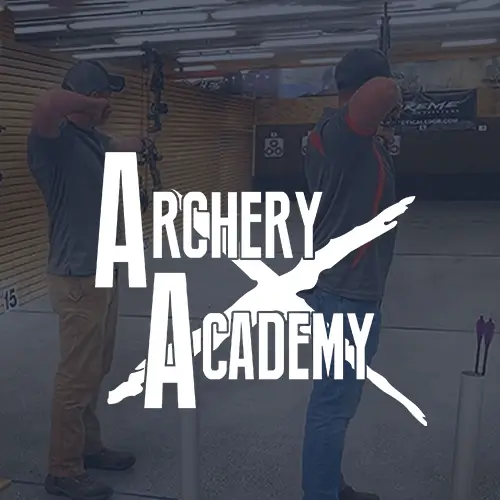

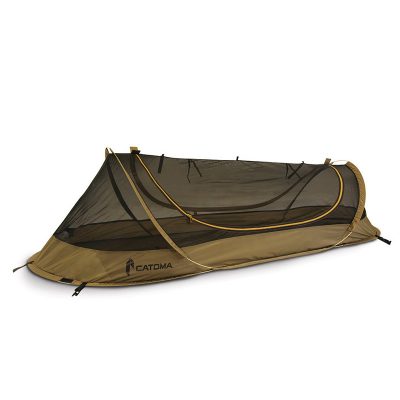
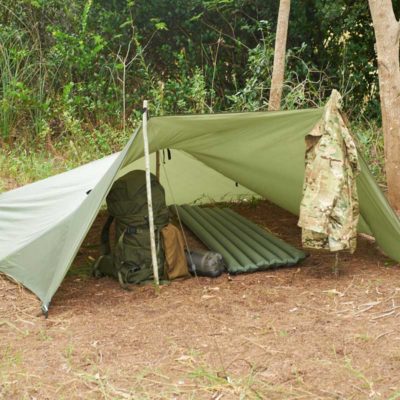
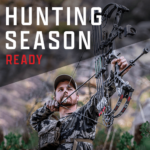
![Tips To Improve Your Mule Deer Hunt [Beginner’s Guide] 1 | Extreme Outfitters your Outdoor & Camping Gear Store Tips To Improve Your Mule Deer Hunt [Beginner’s Guide]](https://extremeoutfitters.com/wp-content/uploads/2022/09/Feature-IMG-1280x720-Mule-Deer-Hunt.jpg)


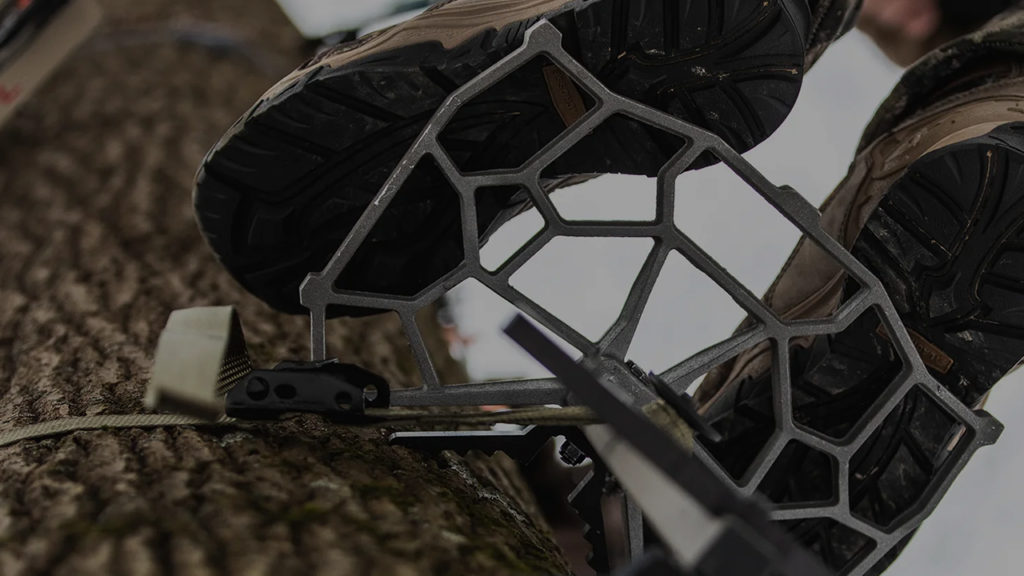
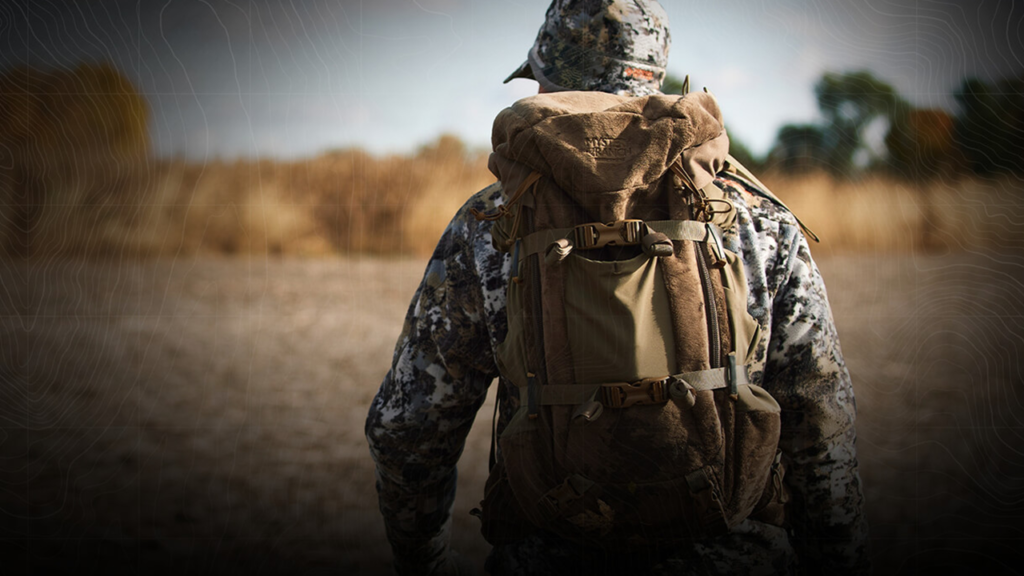
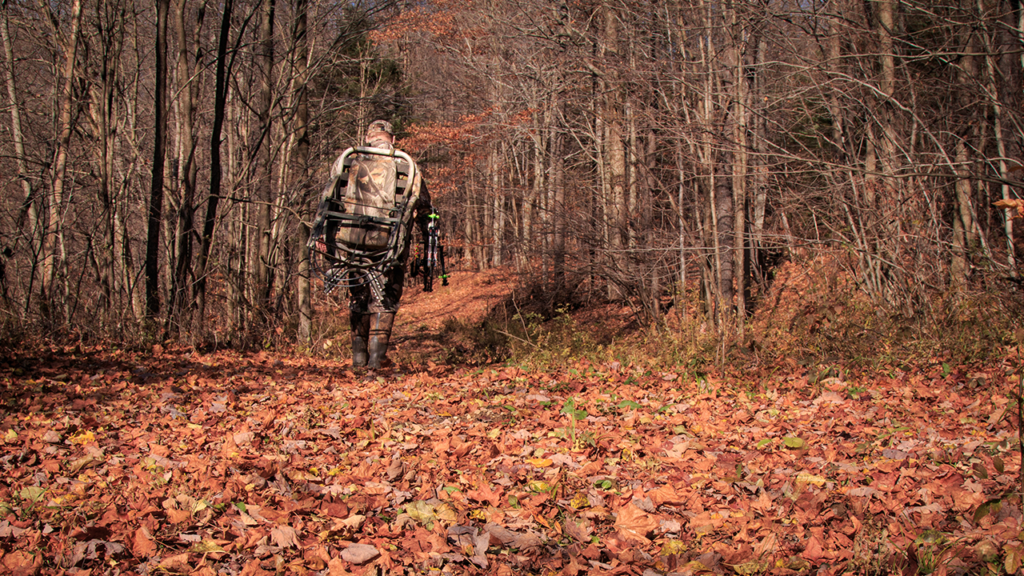
![Liver-Blood-1000x635 Blood Trailing A Deer - Post Hunting Shot Tactics [#1 Hunters Guide]](https://extremeoutfitters.com/wp-content/uploads/2022/06/Liver-Blood-1000x635-1.jpg)
![[Practical Guide] Hunting Etiquette on capturing your game [Practical Guide] Hunting Etiquette on capturing your game](https://extremeoutfitters.com/wp-content/uploads/2022/06/Feature-IMG-1280x720-etiquettev2-1024x576.png)
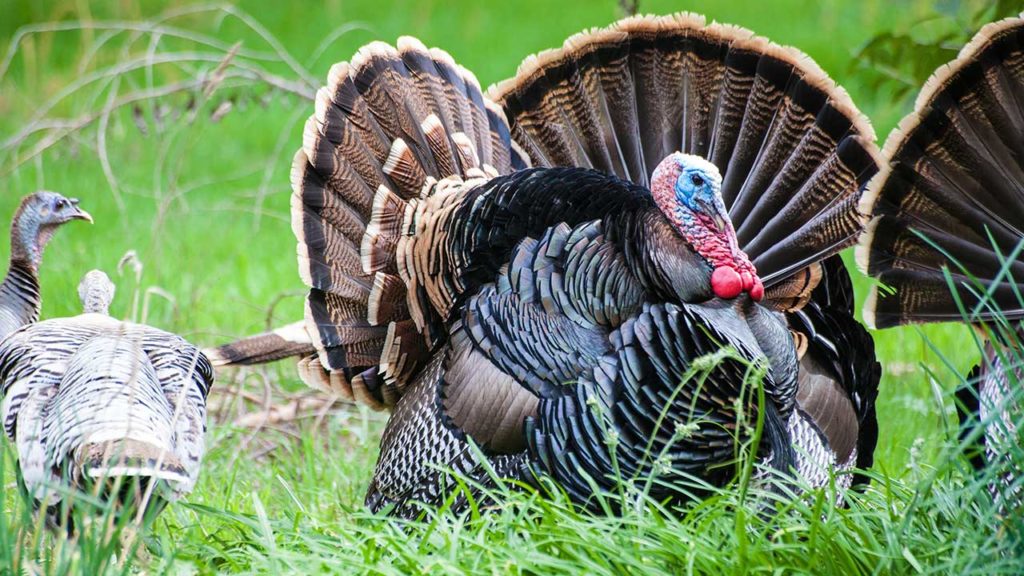
I loved the way you wrote your article,Adrian
I truly enjoyed reading it!